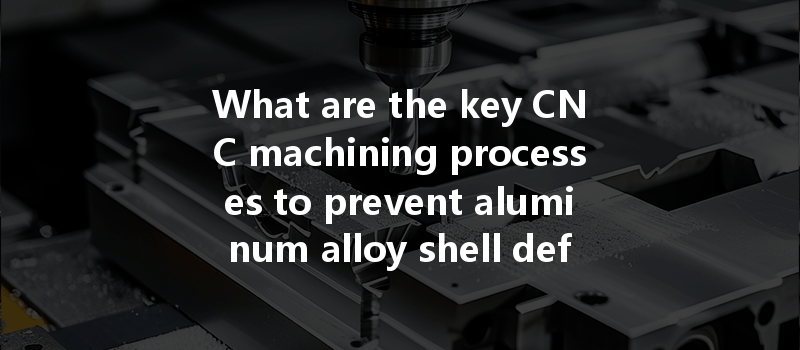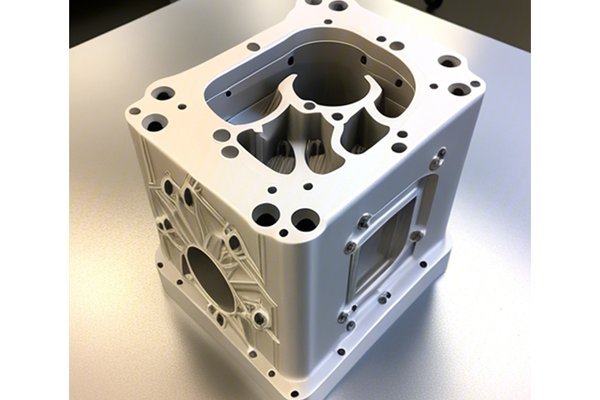Opening
Did you know that aluminum is one of the most widely used metals in the world? It’s lightweight, highly resistant to corrosion, and offers excellent thermal conductivity. However, working with aluminum, especially in the context of CNC machining, poses unique challenges, one of which is the deformation of aluminum alloy shells. This issue not only affects the quality of the final product but can also lead to costly rework and project delays. In this blog, we will explore effective methods and best practices to prevent aluminum alloy shell deformation during CNC machining.
Understanding the Problem
The Nature of Aluminum Alloys
Aluminum alloys, while versatile, can be sensitive to various machining processes. Their inherent properties—such as low thermal conductivity and high malleability—can lead to deformation if not managed correctly. Understanding the physical and chemical properties of the alloy being used is crucial for selecting appropriate machining strategies.
Common Causes of Deformation
Best Practices to Mitigate Deformation
Selecting the Right Aluminum Alloy
Choosing the right aluminum alloy for your application is the first step in preventing deformation. Alloys such as 6061-T6 or 7075-T6 are popular due to their balance of strength and machinability. Understanding the elastic modulus, yield strength, and thermal expansion coefficient of your alloy will help you make the best choice.
Implementing Effective Cooling Techniques
Maintaining an adequate cooling system during the CNC machining process can significantly reduce the risk of thermal expansion. Here are two cooling methods to consider:
Optimizing Cutting Parameters
Optimizing the parameters of your CNC machining process is vital for minimizing stress. Key considerations include:

Using Advanced Workholding Techniques
Adequate clamping of the aluminum shell is essential. Utilizing the following techniques can enhance workholding stability:
Employing Stress Relief Techniques
After the initial machining operations, stress relief can further mitigate deformation. Techniques include:
Monitoring and Quality Control
Implementing an effective quality control system can catch potential issues before they escalate:
Investing in Technology
Advanced CNC machines equipped with adaptive controls can optimize the machining process further. These machines adjust cutting parameters in real-time based on feedback from the machining process, leading to improved outcomes.
In summary, preventing aluminum alloy shell deformation during CNC machining involves a multi-faceted approach that includes selecting appropriate materials, optimizing cutting parameters, and employing effective workholding and cooling techniques. By implementing these strategies, manufacturers can significantly enhance the quality and longevity of machined products.
Understanding these core technologies is not just essential for manufacturers; it’s also crucial for anyone involved in product design or development. With aluminum alloys becoming a standard choice in various industries, mastering the intricacies of CNC machining will offer significant competitive advantages.
As technology continues to evolve, the importance of adapting and embracing best practices in CNC machining will only grow. Remember, a well-crafted aluminum part is not just a product—it is a promise of quality. As you move forward, consider the strategies outlined in this blog to ensure that your machining processes yield high-quality, durable components while minimizing waste and rework.
Related Posts
- How can you evaluate the CNC machining machinability of different aluminum alloys for aerospace applications?
- How Does CNC Processing of Polyurethane Compare to PVC in Terms of Difficulty and Precision?
- Can CNC Processing Plants Meet the Sterility and Biocompatibility Requirements of the Medical Industry?






